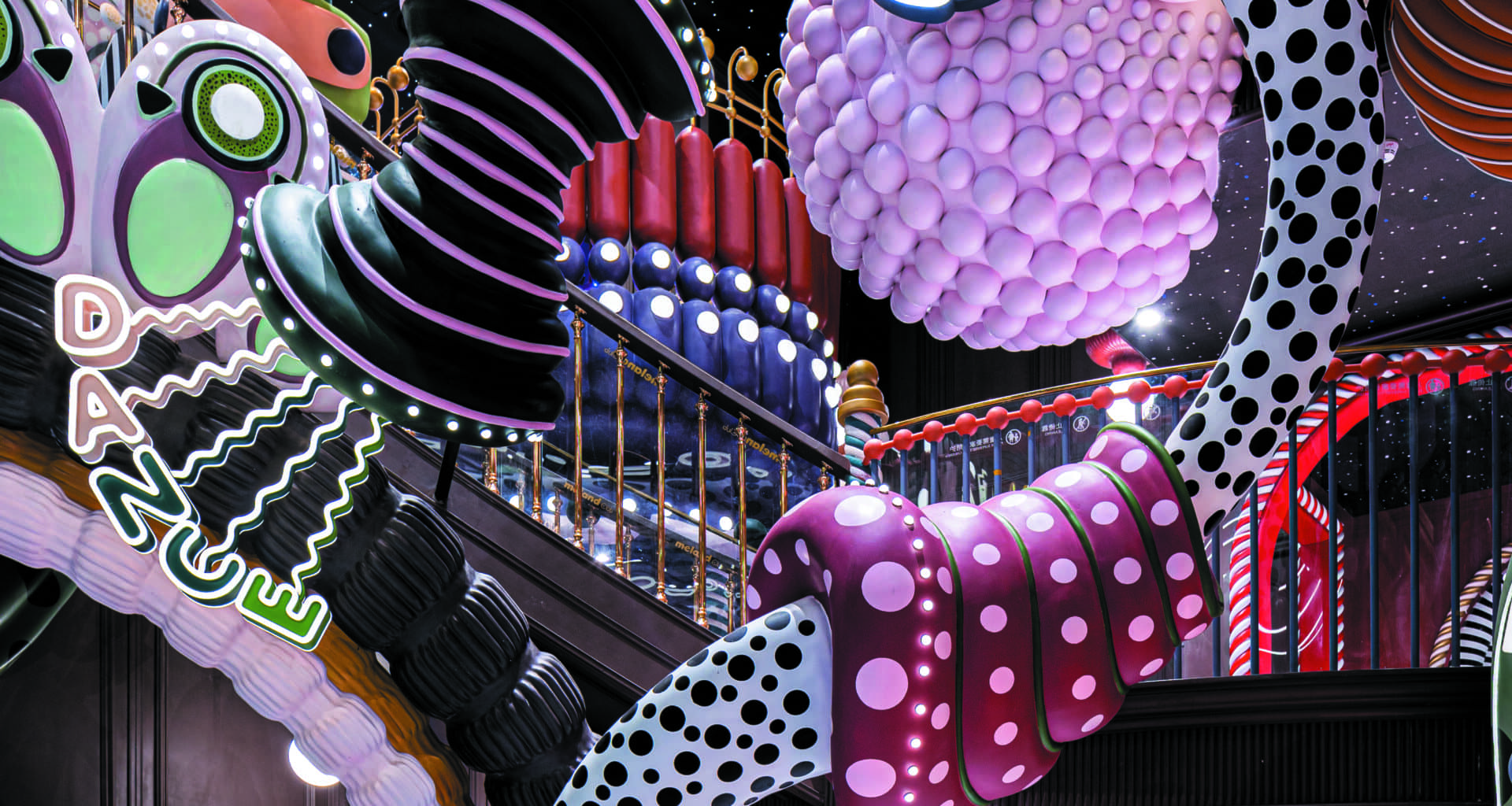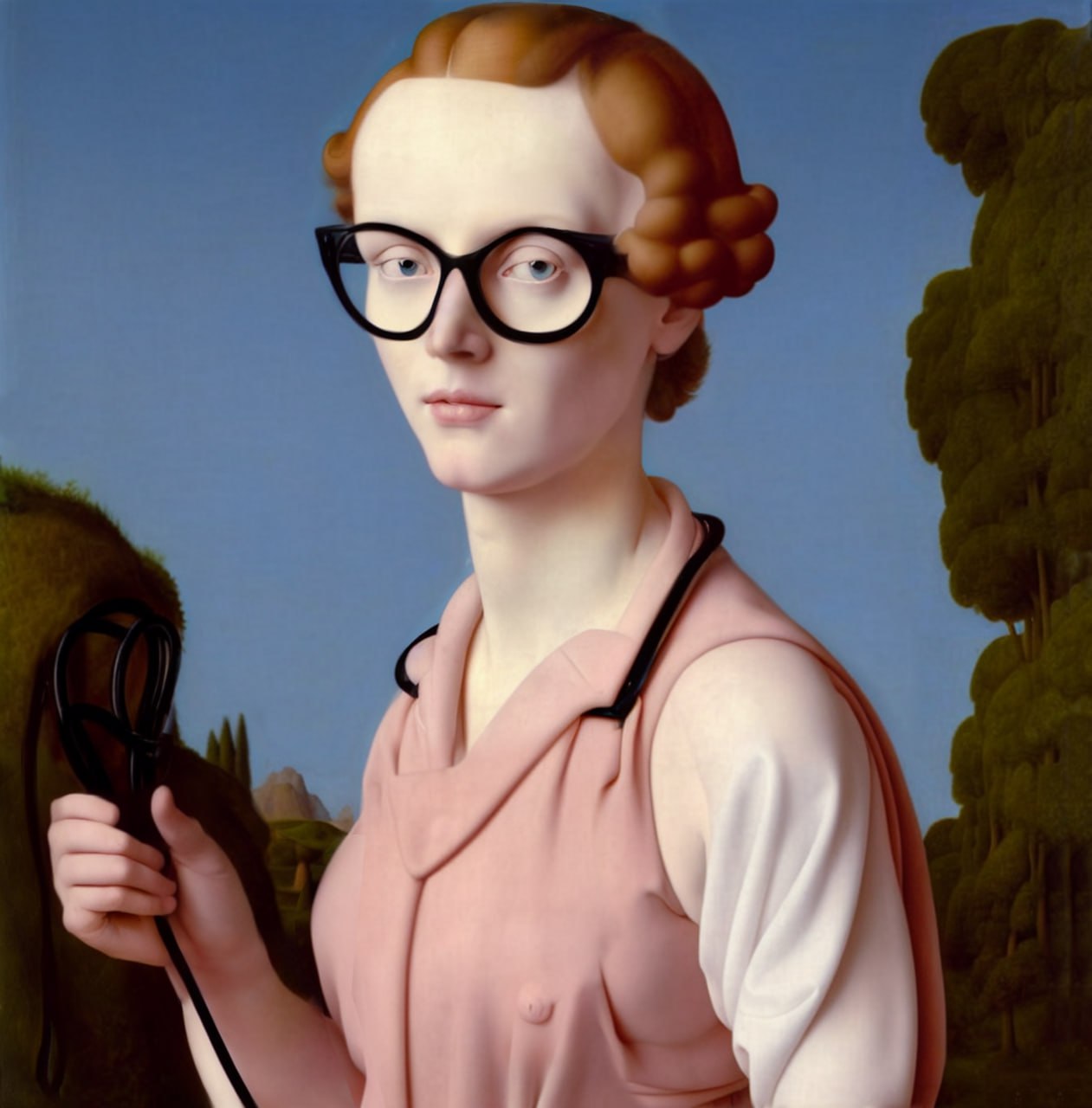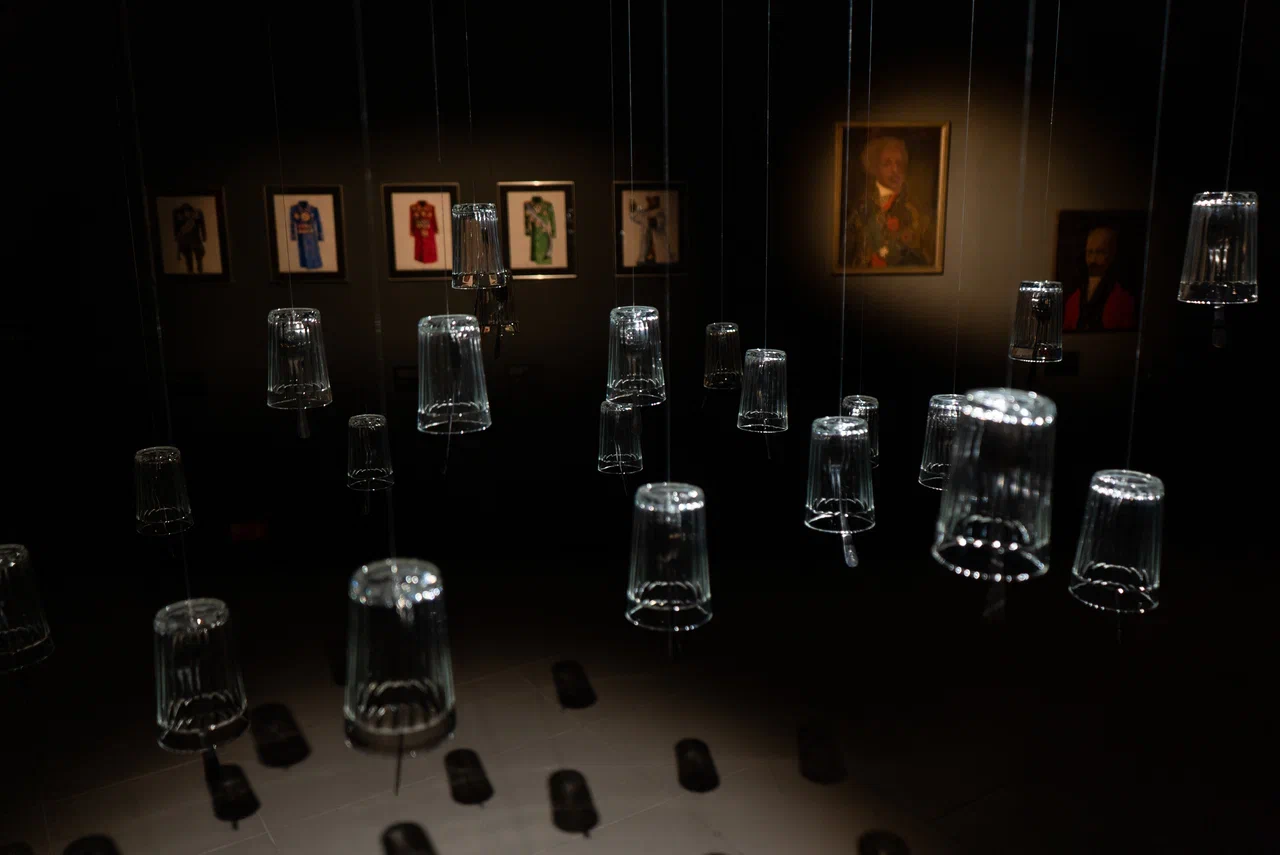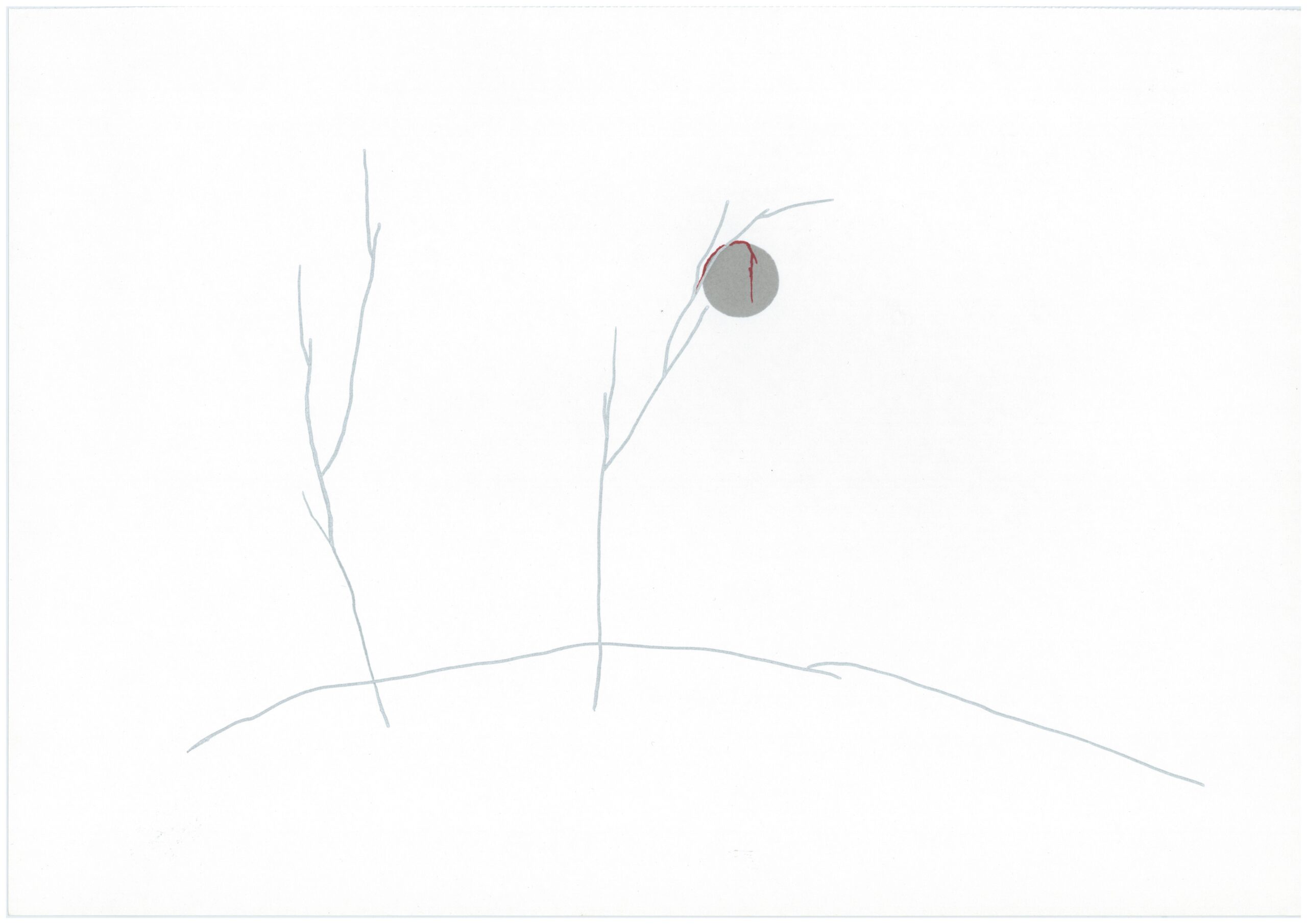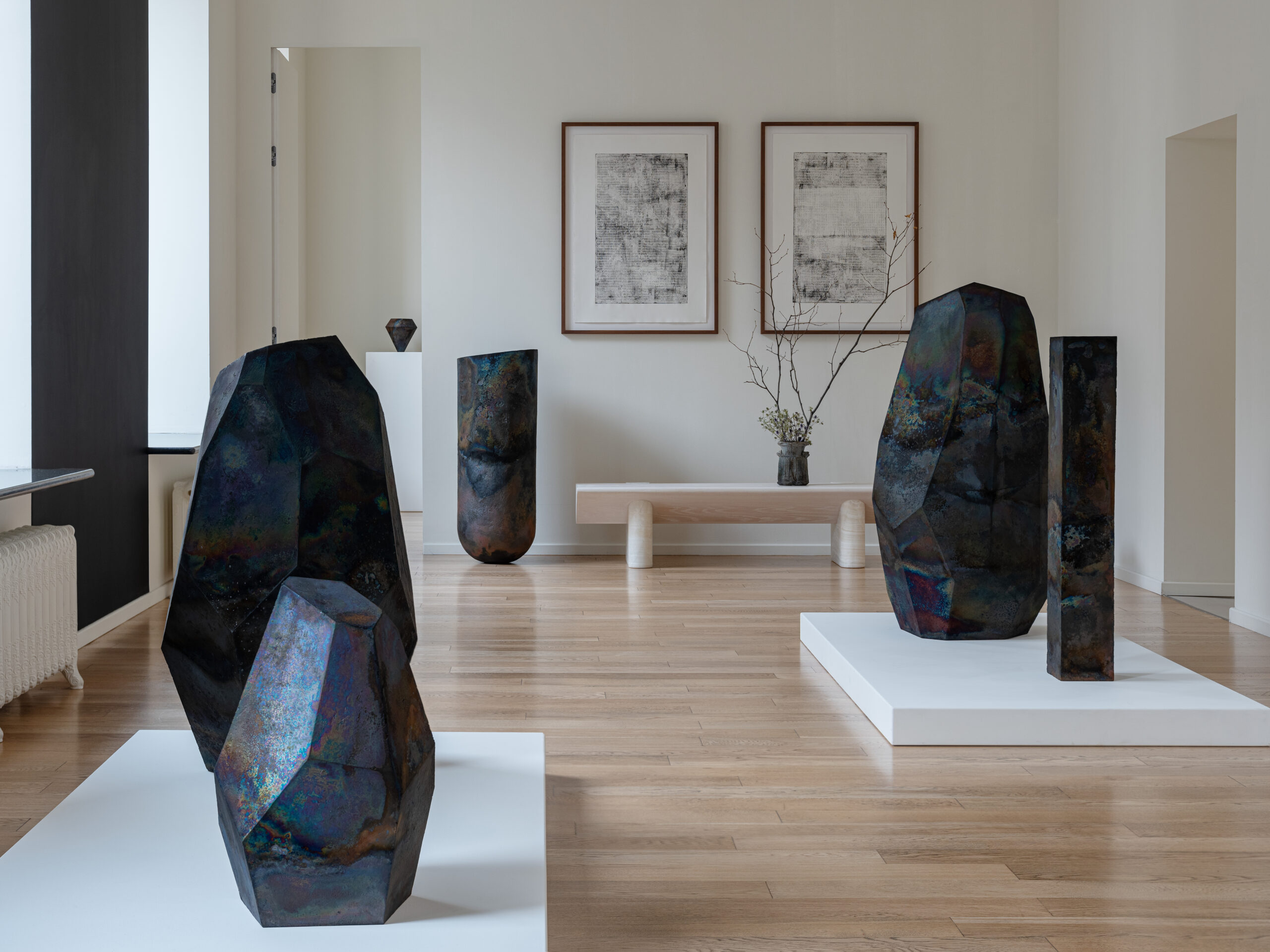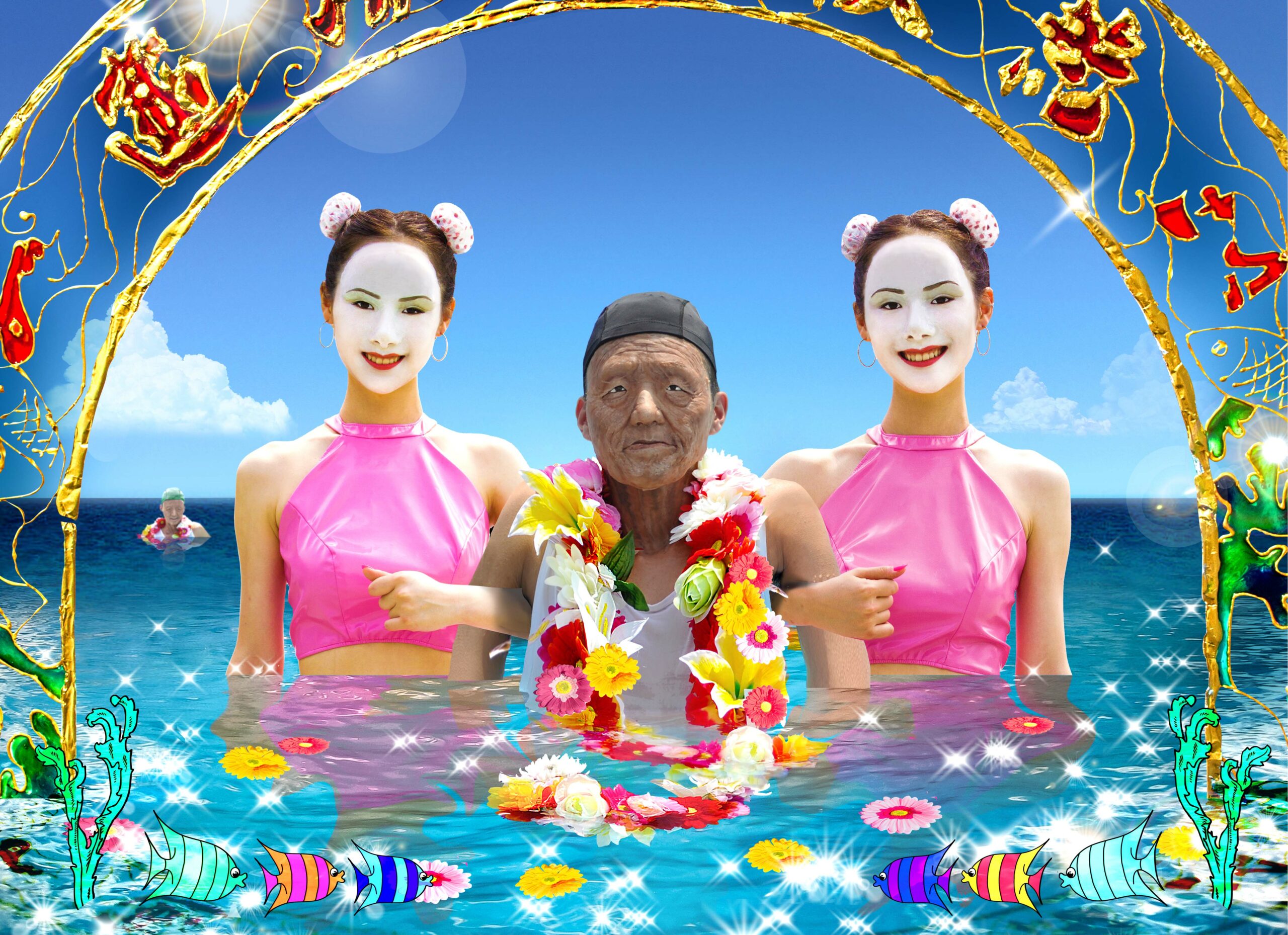X+living is an architecture and design firm in Shanghai whose core concept is to create value through design. The company’s projects include engineering, architecture, interiors and landscape, as well as engineering and design consultancy, which are characterized by their scale and futuristic appearance.
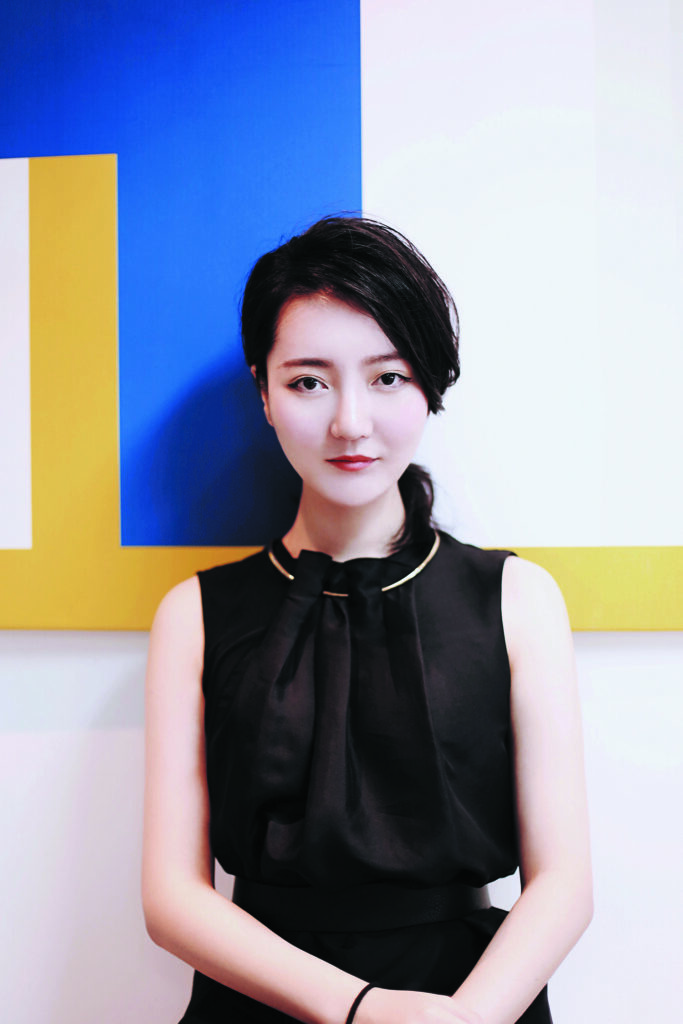
All your projects, even for an object with such pragmatic goals as an office, are extremely creative. Have you ever found that the eccentricity of your ideas seemed too excessive, that the client was not yet ready to cross the “bridge between design and art”?
We have always adhered to the concept of merging functionality and aesthetics. I believe that creativity does not necessarily mean sacrificing functionality, our projects not only take into account the user’s requirements for functionality, but also guarantee comfort and convenience.
Regardless of the type of project, opinions will vary. However, from a business perspective, the commercial success that our design has brought to space owners proves that consumers are receptive to such design.
Is there any eastern or global architectural school/movement that you would consider yourself a successor to?
I don’t consider myself a successor of any movement. For me, design is a dynamic process of continuous search. You can see in my work that I don’t emphasize or adhere to any particular style. Many people say that my design concept is cutting edge, but it actually comes from my reflections on current life. It’s not so much a design concept as it is a life concept. I want people to have a sense of happiness, I want the world to be a better place, and I want to realize this through design, bringing a beautiful imaginary future into the real world.
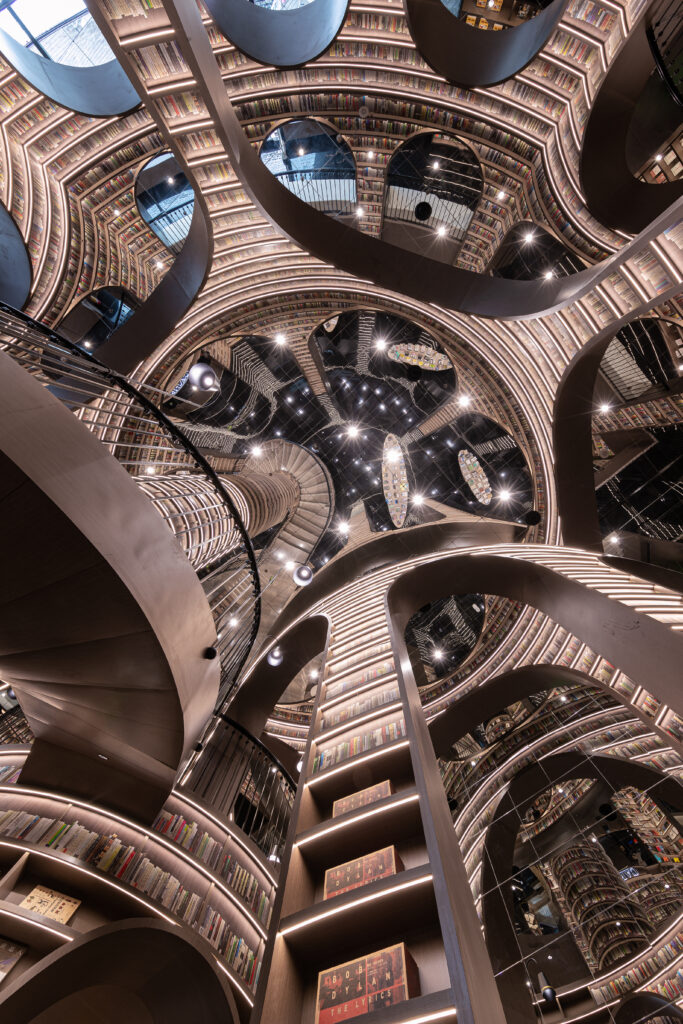
The eccentricity of your ideas increases over time. Whether this is due to personal inner growth or whether greater recognition allows you to come up with bolder ideas
I would say it’s both. Since the foundation of the studio I have never stopped learning and developing, the constant learning process allows me to have a constant flow of inspiration to realize my ideas. At the same time, the success of our previous projects gives me more opportunities to participate in the design process. Therefore, many bold ideas can be realized.
Eastern architectural traditions, trends in the history of architecture and design in the West, nature – are any of these areas central to your creative thought?
I draw inspiration from various aspects that are not limited to cultural and historical roots. I like to look around, come in contact with different sources of information and keep thinking. So, in the creative thinking process, inspiration can come at the moment of interaction with new things or be the result of quiet and reflective reflection.
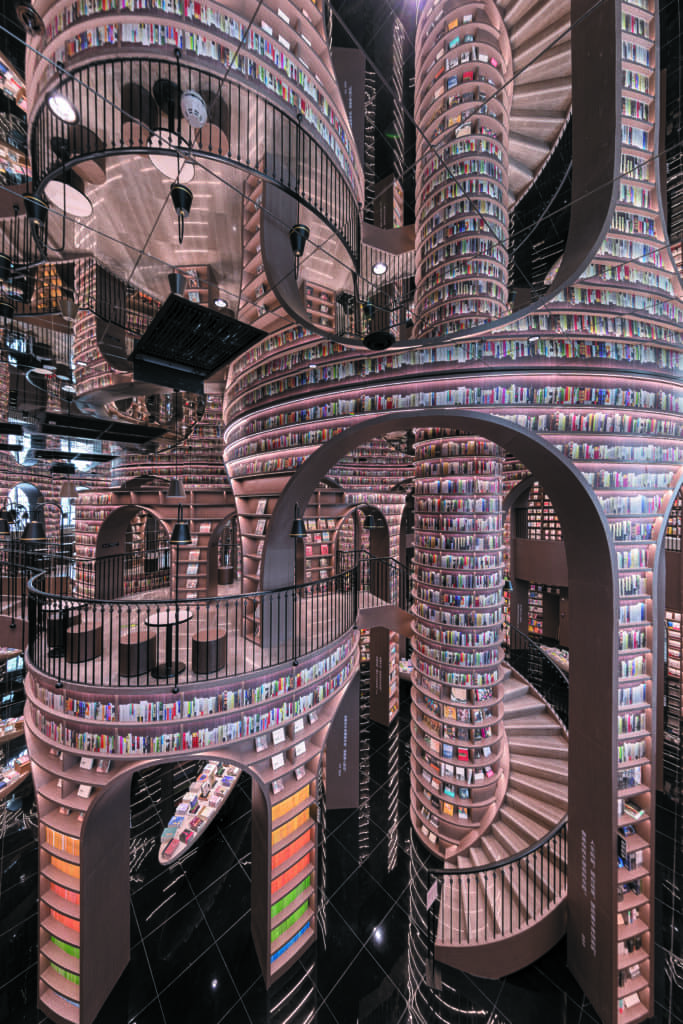
It seems that in the last few years, the bionic, more tendentious, motifs in your work have given way to references to various historical cultural phenomena. Is this the case? At the same time, your latest projects are just as structural as your previous ones, and this can’t help but link them to nature. Is there really such a division in your creative process: natural/cultural, or can you name some fundamentally different category in which your aesthetics and ideas are rooted?
The style or theme of the projects I design is constantly changing. For me, design is a problem-solving endeavor and is closely tied to strategy, especially the design of commercial spaces. As a designer, in addition to creating an aesthetically pleasing design, I need to consider complex and challenging issues such as the functionality of the space, the usability of the space, the consumer experience and the profit generation for the owners. It is the designer’s responsibility to reconcile all of these issues and come up with the best solution. If you just look at the concept of my work, you can really notice that in bookstore projects I focus more on exploring nature and culture, and in playground projects for parents there are much more bionic elements in the design. These style decisions, which I believe are the most appropriate design strategies, are the result of analyzing the project. It helps me to express my understanding of the space and show the outcome I expect to achieve. I do not adhere to certain categories or disciplines, but rather create desired designs based on a comprehensive combination of functionality and aesthetics.
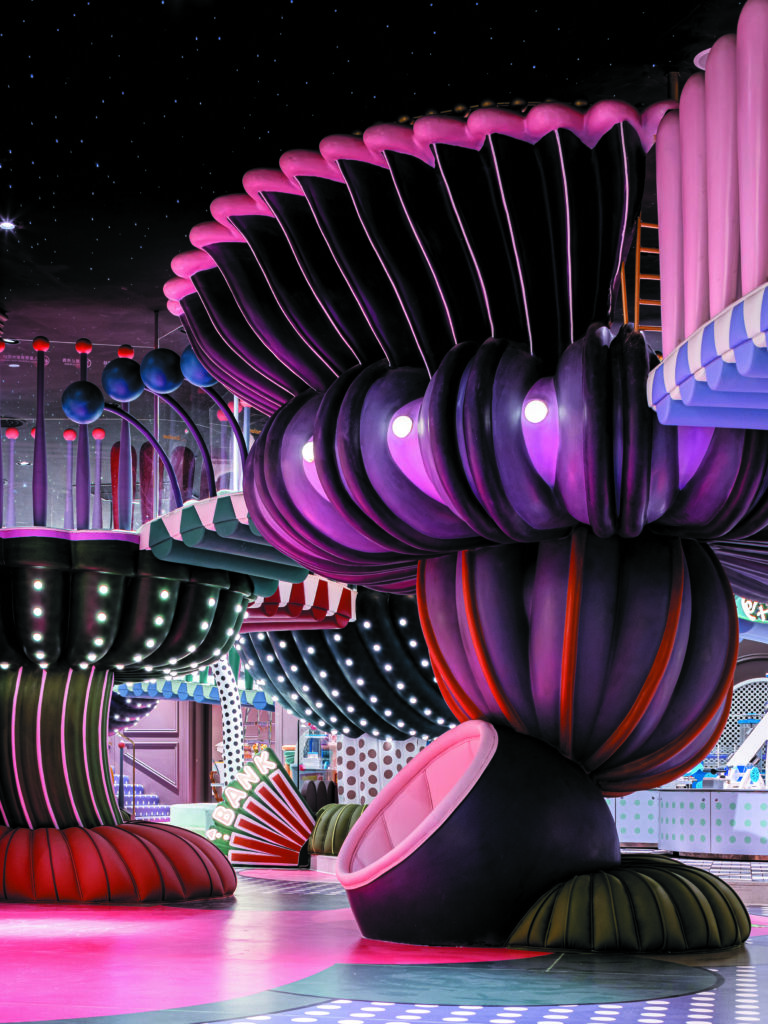
How did you go from architect to company founder? Did you find an investor or a business partner?
Setting up the studio was not a sudden decision that flashed through my mind. I was working at the China Construction Institute, practicing architecture, and most of our projects were traditional in concept and lacked creativity. I wanted to have more say in innovation, to build something that carried my own values and spiritual ideas. So I just quit my job and started my own studio.
When I first started the studio, we had an investor interested in us. However, later on, due to the direction of the studio’s future plans, I decided to run it on my own. But we still maintain a friendly and cooperative relationship in other areas.
What do you consider to be the most successful step in your career development?
Establishing my own studio is the most successful step in my career development.
Do you collaborate with artists on your projects?
No. More often than not, my design strategy includes room finishes and soft furnishings. The reason I don’t choose to collaborate with any artist is because more often than not, my overall design concept can be extended to other decorative levels through design techniques such as soft furnishings, visual style, etc.
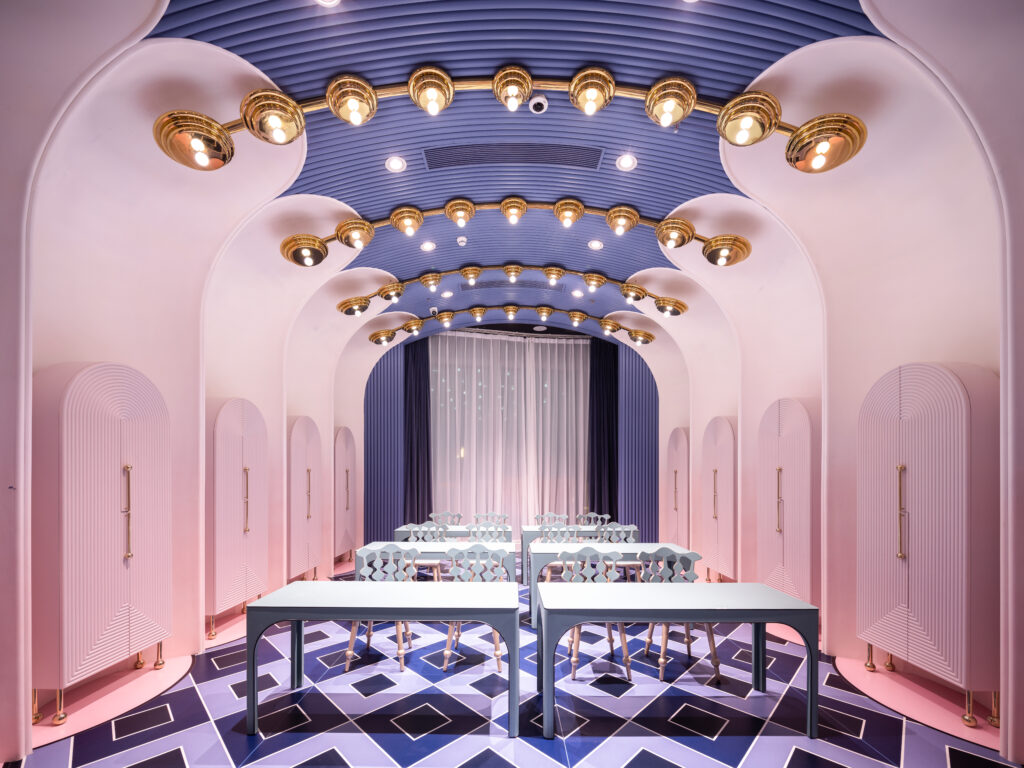
What are your dreams and plans for future projects?
Currently, our activities are mainly focused on large interior projects. Some of the projects we are currently working on include interior design of a large shopping center, kindergarten, hotel, etc. I hope that we can continue to maintain our commitment to the design aesthetic and the expectations of the entire design industry, as well as maximize our creativity and achieve the best results in each project. In addition, I hope to pay more attention to the theme of “wildlife conservation” in designing my future works to raise public awareness on this topic.


